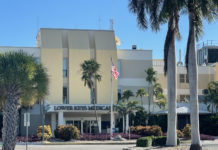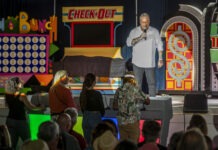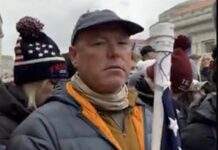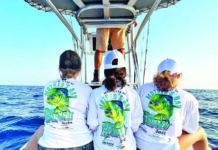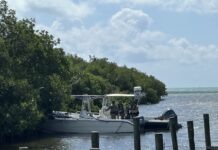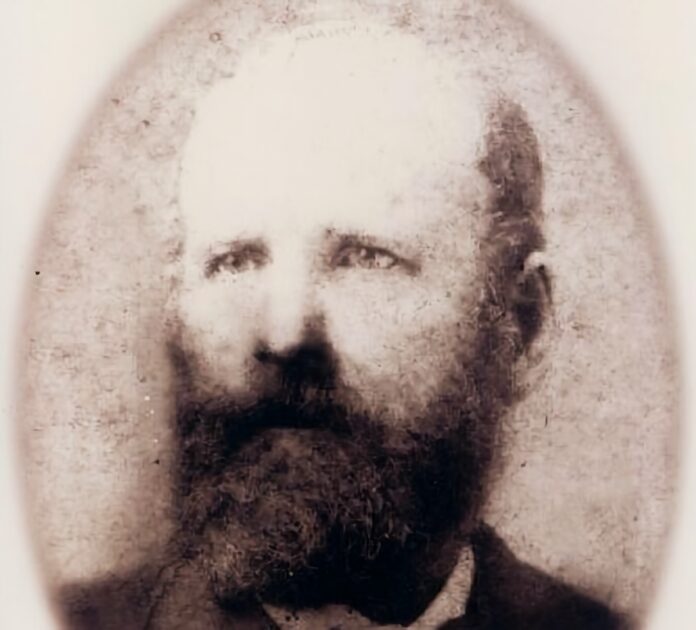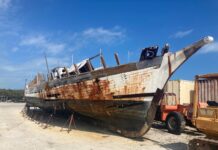Less than a decade after the island chain became an American territory, the first Key West newspaper began spreading the news. It was called The Key West Register, and Commercial Advertiser and was first printed on Jan. 8, 1929. The operation was managed by Thomas Eastin, who later became a U.S. Marshal overseeing Florida’s Southern District.
The weekly newspaper was delivered to the public every Thursday. It did not concentrate on local news but primarily served to keep the community abreast of stories being reported beyond the island chain. Some local stories did make the page, though most of the local news came in the form of government announcements, election notices and advertisements.
The Key West Register, and Commercial Advertiser was not a long-lived enterprise and suspended operations in 1830.
In 1829, the island chain was sparsely populated and consisted of two primary communities. Key West was, and always has been, Monroe County’s largest community, and in those days, its population was in the neighborhood of 500 people (the 1830 census counted 517 people).
The 11-acre Indian Key, the other primary community, had boasted a population of around 50. A third significant community had developed around Key Biscayne’s Cape Florida Lighthouse. Smaller than the Indian Key community, Key Biscayne, while part of Monroe County at the time, is not one of the islands attributed to the Florida Keys archipelago. It should be noted that in 1829, Monroe County stretched from Key West to Lake Okeechobee to Port Charlotte on the west coast.
Sometimes, it is fun to let old documents tell a story as they uniquely provide a window into the past. Reading through old newspapers can become a bit of a rabbit hole — great fun, but still a rabbit hole. The Key West Register offers some interesting peeks into what was happening on Key West and, to a lesser degree, at Indian Key, as the following tidbits will reveal.
March 5, 1829: advertised in this edition was “W.R. Hackley, Attorney at Law, and Notary Public for the County of Monroe.” William Hackley practiced law in the county from 1828 to 1857. His name has remained on the lips of locals because he did one of the most memorable things possible — Hackley kept a diary. Fortunately, parts of his book of daily observations were preserved and stored at the Key West Library’s Florida Keys History Center. The diary represents a delightful (and often mundane) record of early life in the Keys. In 2016 and 2017, daily diary entries from 1855-1856 were presented in the “Today in Keys History” column of the Key West Citizen.
The same edition also advertised: “R.W. Cussans, House Carpenter & Joiner, Having located himself in Key West, and feeling grateful for past favors, hopes by particular attention to merit a share of public patronage. R.W.C. will contract for building and repairing houses on the most reasonable terms, and executed in a workmanlike manner, and with the utmost dispatch. Feb 26 – tf”
The presence of the advertisement is interesting as, that same year, it is said that he built a four-room house on Whitehead Street. It was moved to Duval Street using mules and rolling logs and is now home to Key West’s Oldest House Museum.
March 19, 1829: Dr. H.S. Waterhouse “has procured from the government hospital at Havana, a supply of pure, fresh vaccine or Cow Pox Matter to inoculate those for small pox who may desire it.”
Hoping to escape to a warmer climate and soothe his ailments, Dr. Waterhouse moved to Key West from Vermont in 1828. He would later move to Indian Key, where he lived for a short time.
March 26, 1829: “In pursuance of law, I, M.G. Hawson, one of the judges of the County Court for Monroe County, hereby appoint polls to be held at the following places in said county; and the following named persons to be the judges of the election, which will be held the first Monday in May next for a – Delegate to Congress – on Indian Key: Charles Howe, Joseph Prince and Thomas Gibson.”
Howe, Prince and Gibson all played roles in the early development of Indian Key and Duck Key, where Howe and his family lived and operated a salt farm before moving to Indian Key and becoming its first postmaster. Prince and Gibson operated Indian Key’s two general stores.
April 6, 1829: “The citizens of the Key (Indian Key) were joined by a number of wreckers and smackmen and the staff (flagstaff) was raised amidst the shouts of the multitude assembled on the occasion. A remarkable occurrence took place — persons who had climbed to the top of the staff, up to the height of 40 feet — after drinking several toasts, threw the glasses to the ground, which fell without breaking or fracturing any of them.”
April 9, 1829: “On board the boat ‘Saucy Jack,’ Cooley from Key West bound to New River off Key Vacas, at 12 O’clock at night, 22nd ult. Mr. Wm. Emroy fell from the stern of the boat and was drowned. Every exertion was made to save his life, but in vain. The body was taken to Indian Key and decently interred.”
June 4, 1829: (Charles Howe, identified as a resident of Duck Key) “appointed by the Governor of Florida Associate Judge of Monroe County.”
I could go on. For me, every detail is a shiny nugget. One of the things I’ll be spending my time doing for the rest of the year (at least) is reading through old editions of the Key West Register and The Key West Gazette, which began sharing its news with the island in 1831.
Those old newspapers are going to be filled with stories I have not heard, and I am looking forward to sharing them every way I can.


